Approximately 80% of the population, consisting of nearly 16,000 residents on the island, relies on water from wells presenting signs of unsanitary conditions, according to the local municipality
Deprived of potable water, the residents of Île-à-Vache, located in the South department of Haiti, are forced to draw from contaminated wells for their daily needs. This devastating water shortage has resulted in an alarming public health crisis.
The local healthcare center in Kay Kòk (Caille-Coq) sees hundreds of people each month and remains the most visited center on the island.
From January 2022 to May 2023, waterborne diseases accounted for 60% of the cases treated at this center, according to Dr. Dimy Dieujuste, the director of the healthcare facility, in an interview with AyiboPost.
« Out of ten people visiting the center, six suffer from waterborne diseases such as typhoid fever, vaginal infections in women, abdominal pain, itching, dermatosis, and more, » the director of the Kay Kòk healthcare center affirms.

A view of the entrance of the Kay Kòk Health Center on June 1st, 2023| © Dr. Dimy Dieujuste
Furthermore, cases of scabies resurfaced earlier this year, said Dr. Atelis Mésilome, physician and medical director of the Madame Bernard Health Center.
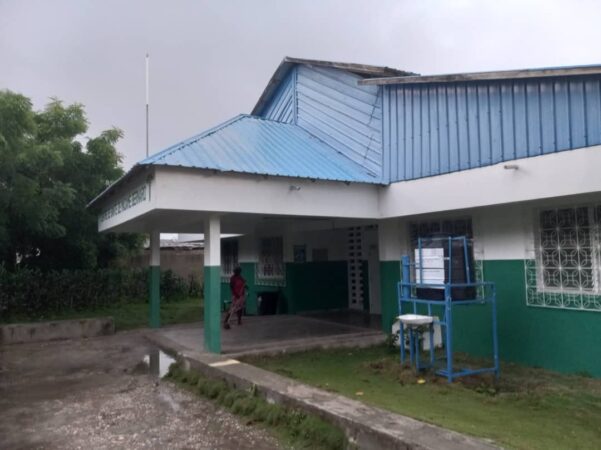
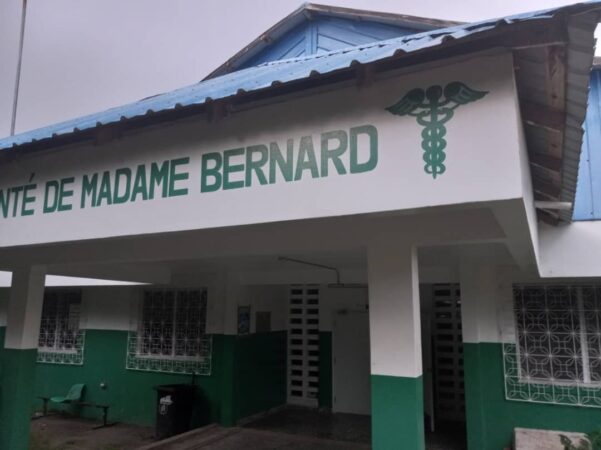
Une vue de la façade du Centre de Santé Madame Bernard de l’Île-à-Vache le 1er juin 2023 | © Dr Atelis Mésilome
Between February and April 2023, the Madame Bernard Center recorded sixteen cases of diarrhea. It is unclear whether the cases of typhoid fever are increasing in this healthcare facility, as the refrigeration system required for the storage of antigens and blood types is not functioning. Additionally, Dr. Atelis Mésilome explains that the institution is unable to perform typhoid screenings.
Deprived of potable water, the residents of Île-à-Vache, located in the South department of Haiti, are forced to draw from contaminated wells for their daily needs.
The island is suffering from a severe shortage of drinking water. Shilove Myrtil, a resident of Madame Bernard, explains that she is accustomed to bathing in the water from a well called Ti Sous, which usually causes itching on her buttocks.
Due to a lack of economic resources and when the water shortage becomes extreme, people have no choice but to use the yellowish water from the open-air well, Ti Sous, to meet their water needs, Myrtil tells AyiboPost.
To obtain water, she explains that she pays 125 gourdes to a motorcycle driver to travel from Madame Bernard to Dantèl or Pradel. « Sometimes, » Myrtil adds, « I walk for about an hour » to fetch water from a well that is used for drinking, cooking, laundry, and bathing purposes.
When the water shortage becomes extreme, people have no choice but to use the yellowish water from the open-air well, Ti Sous.
In the locality of Pradel, residents rely on a poorly maintained artesian well and an open-air well to meet their water needs. According to testimonies gathered by AyiboPost, this water sometimes has a high salt content.
Lire aussi : Le gros sel cultivé en Haïti contient un excès de magnésium. Ceci rend son iodation difficile.
Approximately 80% of the population, consisting of nearly 16,000 inhabitants on the island, uses water from wells presenting signs of unsanitary conditions, according to the local municipality. « It has been going on for years, » says Jean Yves Amazan, the mayor of Île-à-Vache.
The luckier ones treat the water with chlorine, while others do not, added Amazan.
Jonason Jeanty, an agronomy student residing in Pradel, attests that: « At my home, when it rains, we are forced to drink rainwater. Otherwise, when possible, we buy water sachets. »
Jeanty says that he is sometimes compelled to consume the contaminated water from the wells because it is more accessible. However, this is not without consequences, because during the rainy season, waterborne illness outbreaks increase on the island. Jean Yves Amazan specifies that there are usually outbreaks of fever, scabies, and influenza.
When we have rain, we are forced to consume rainwater. Otherwise, when possible, we buy water sachets.
The settlement of Île-à-Vache began in earnest around 1930 when residents from neighboring towns such as Saint Jean du Sud, Torbeck, and Saint-Louis du Sud were drawn to the area for its fishing and agricultural potential. In that same year, industrialist Louis Déjoie leased land to cultivate corn, millet, and lemongrass.
By 1940, the town center was developed for the first time, and a Catholic church was built with the arrival of Catholic priest Robert Magron, further enhancing the island’s appeal.
However, it wasn’t until 1976 that the island became a municipality of the Cayes arrondissement, which helped establish it as a highly sought-after tourist destination.
Lire aussi : Pourquoi les USA continuent-ils d’occuper une île Haïtienne ?
The government has not invested enough in building infrastructure for the area, and the problem of access to clean water has persisted for years.
By 1940, the town center was developed for the first time, and a Catholic church was built with the arrival of Catholic priest Robert Magron.
Vaval Raymond, a resident of Madame Bernard, revealed that a large portion of the people in his neighborhood collect rainwater from the roof of a market.
Vaval Raymond affirms that he suffers from scabies, and when his neighbors face the same issue, they merely settle for irritating their skin further for lack of proper care. Sometimes, they use seawater to alleviate the itching, Raymond adds.
There is no water management system on the island, except for a few facilities that « we have built to supply communities with water, » explains Mayor Jean Yves Amazan.
Lire aussi : Photos | 20 sources d’eau asséchées et une pénurie croissante à Port-au-Prince
A water system that supplied three kiosks was constructed in 2014 under the Laurent Lamothe government. However, in 2018, this system stopped functioning, despite efforts to repair it.
In reality, there are three water sites powered by a solar system that provide water to a portion of the island. One of these sites, located in Madame Bernard, was built in 2009, and restoration work has been ongoing since 2021. Another site is in Baleraz, constructed in 2014, but it is now outdated. As for the Kay Kòk (Caille-Coq) site, it is operational.
When these sites were functional, the water was distributed in fountains where it was treated with chlorine. « On the island, where there is water, it is not potable. Therefore, it is necessary to have treatment centers to remove salt from the water, » explains Mayor Jean Yves Amazan.
One of these sites, located in Madame Bernard, was built in 2009, and restoration work has been ongoing since 2021.
Sometimes, residents cannot find bottled potable water for their needs, and they are « forced to bring it from Les Cayes. » It takes about an hour using small motorized boats with a capacity of around twenty people. If transportation is done by sailboat, it takes much longer.
« First, people buy water in the city of Les Cayes, then they transport it by car or wheelbarrow to the dock before boarding a boat heading to the island, » explains Mayor Jean Yves Amazan.
Generally, the traffic of sailboats runs on a daily basis as they rely solely on fuel, while motorized boats operate when they have contracts for transporting goods. These vessels sail according to the whims of turbulent winds.
Pierre Jean Serge, captain of the boat « Kris Kapab, » describes his usual route: « To buy water from Les Cayes, I pay 200 gourdes to get to the dock by taxi, and then the boat trip to the island costs 500 gourdes per person. »
.
Sometimes, residents cannot find bottled potable water for their needs, and they are forced to bring it from Les Cayes.
The water issue also affects agricultural production. Farmers on the island specialize in horticultural products, but they are unable to properly water them. Consequently, they rely on water from ravines and wells for irrigation, laundry, livestock watering, and their own consumption.
Lire aussi : Comment l’abandon de l’irrigation par l’État aggrave la crise alimentaire en Haïti ?
Currently, a water site in Madame Bernard is being rehabilitated by the Haitian government through funding from the Inter-American Development Bank, under the supervision of the National Directorate of Drinking Water and Sanitation (DINEPA). The project’s cost has not been specified. Additionally, there is a project to expand three additional water kiosks, which has already been completed but is not yet operational.
City Hall does not have the necessary financial resources to meet the needs of the area. Its employees have not received salaries for two years.
Since the death of President Jovenel Moïse, organizations working in the water sector have deserted the area, according to Mayor Amazan. « We have lost several projects that already had funding for their implementation due to security issues, » says Jean Yves Amazan.
English translation by Sarah Jean
© Cover image : Suez/Afrique
Visionnez ce reportage réalisé par AyiboPost en 2018 sur les retombées du projet « Destination Île-à-Vache » lancé six ans auparavant par l’administration Martelly-Lamothe :
Gardez contact avec AyiboPost via :
▶ Notre canal Telegram : cliquez ici
▶ Notre Communauté WhatsApp : cliquez ici

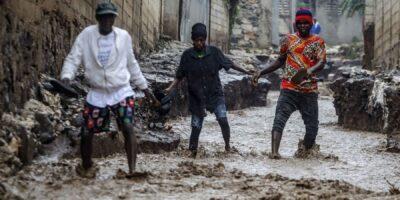

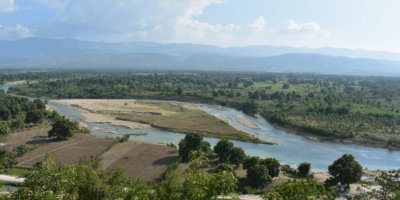
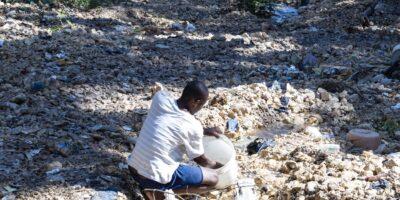

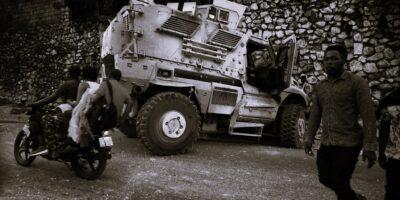
Comments